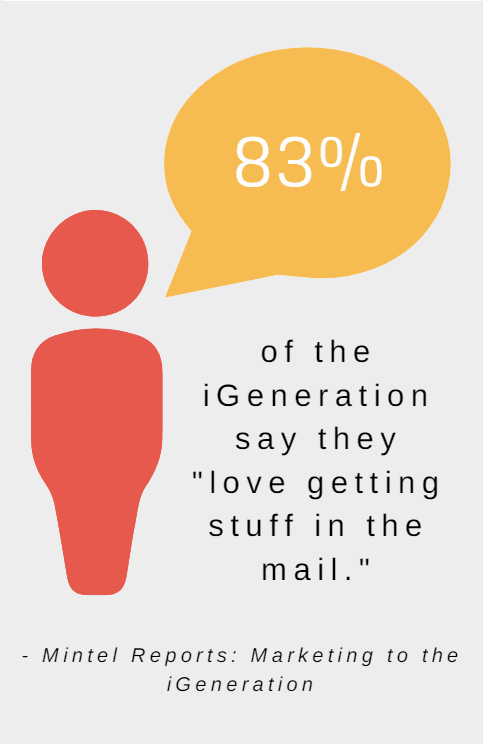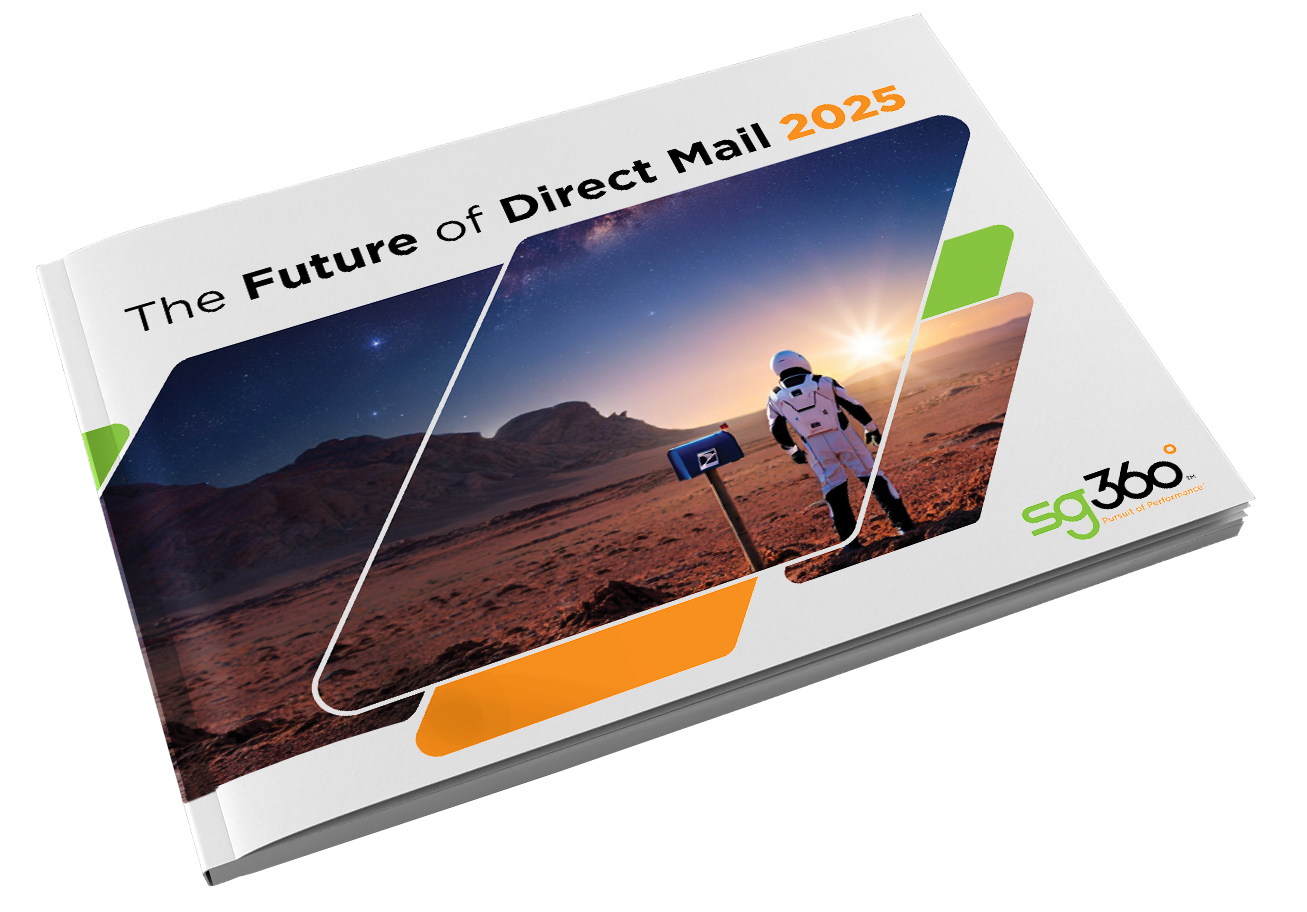As any marketer knows – no channel is perfect. Creating a successful marketing strategy requires understanding the challenges inherent in each channel and leveraging the right mix – both online and off – to compensate for those challenges. In the case of digital advertising, a strong complementing channel happens to be direct mail.
In this post we explore the ways in which this stalwart channel overcomes the challenges plaguing digital advertising – namely ad fraud, brand trust, and not to be forgotten, user experience – to help brands create omnichannel marketing strategies that move the needle.
Before we proceed, our topic warrants a point of clarification. We’re not talking about the junk mail variety addressed to “Current Resident.” We’re talking about modern direct mail – insight-driven campaigns tailored to the recipient with personalized content, images and offers that deliver a truly engaging one-to-one experience.
Direct Mail Offers Brands Transparency, Brand Safety and Control
It’s (unfortunately) well known that ad fraud, particularly click fraud, has existed since the dawn of digital advertising. In recent years, click fraud and its counterpart, impression fraud, have seen dramatic increases costing brands an eyebrow raising $16.4 billion in 2017.
The basic premise of direct mail – guaranteed delivery straight into an individual’s mailbox – makes it immune to the many types of ad fraud and the resulting concerns surrounding digital advertising: transparency, brand safety and control.
81% of today’s digital advertising dollars are spent in programmatic advertising, often through media agencies and trading desks. From undisclosed bid prices to lack of performance insights, the practices surrounding the execution of display campaigns, much to the chagrin of brands, are like a black box.
The operations of direct mail, on the other hand, are clear as a cloudless day. By its very nature, the mechanics of the channel provide brands control over every aspect of their campaign.
- Executing a direct mail campaign requires defined distribution lists prior to the campaign going out the door. Because these lists are built using brand’s own data, they know exactly who will be exposed to their message as well as their exact costs. An added bonus – with USPS mail tracking, brands know exactly when their campaign is delivered, enabling them to time follow-up communications, such as an email, to create a connected experience.
- Direct mail is the only direct response channel that doesn’t rely on an evolving computer-generated algorithm to get your message in front of your target audience.There’s no such thing as jockeying for available inventory – or even such a thing as premium inventory for that matter, varying bidding models or concern that your brand will show-up in conjunction with questionable content.
- Direct mail essentially requires you to interact with it. Each day 98% of people check their mail, and 77% sort through it immediately. Often direct mail garners multiple impressions as it is looked at, set aside as a reminder, then interacted with again. Not to mention due to its physical presence, it’s often viewed by more than one person in a household.
 Direct Mail Delivers A Positive Experience Welcomed By People Across Generations
Direct Mail Delivers A Positive Experience Welcomed By People Across Generations
For the longest time, there has been an unspoken agreement that consumers will willingly view ads in exchange for free access to a website’s content.
However, as the user experience has degraded due to the increasing usage of pop-ups, takeovers and autoplay videos with audio, consumers are responding by employing ad blockers to eliminate the disruption altogether. In fact, eMarketer estimates that more than 30% of US internet users will use ad blocking technology in 2018, up from just 16% four years ago.

Direct mail on the other hand, and this may come as a surprise to some, is welcomed by people across all generations. Yes, even Millennials and Gen Z.
Overwhelmed by the amount of email in their inbox and the bombardment of with every digital interaction, consumers are more receptive to direct mail:
- It arrives on a significantly less-crowded channel, making it manageable to address.
- With its ability to engage all five senses, direct mail is easier to mentally process.
- And, for younger generations, especially the up and coming Gen Z, aka the iGeneration, who’ve never known a time without smart phones, receiving physical mail is a novelty and considered non-traditional.
In today’s marketing landscape, it’s understandable for the natural tendency to be to think digital first. Yet, as consumer expectations have shown, channel selection isn’t a matter of either/or. Consumers expect brands to interact with them where they want to be communicated with – not where it’s most convenient for the brand to communicate – and to provide a consistent experience that moves across channels.
Through today’s advanced data and production technologies, modern direct mail not only complements the strengths of digital channels but overcomes its weaknesses. With a response rate almost 2.5X that of all digital channels combined, an increasing number of brands are integrating the highly engaging medium with their digital activities to deliver messages that are driving consumers both in-store and online.
Whether you want to explore the use of direct mail for the first time or are looking for ways to get more out of your current direct mail activities, at SG360° we have the skills and expertise to help you through all stages of your direct marketing journey.

